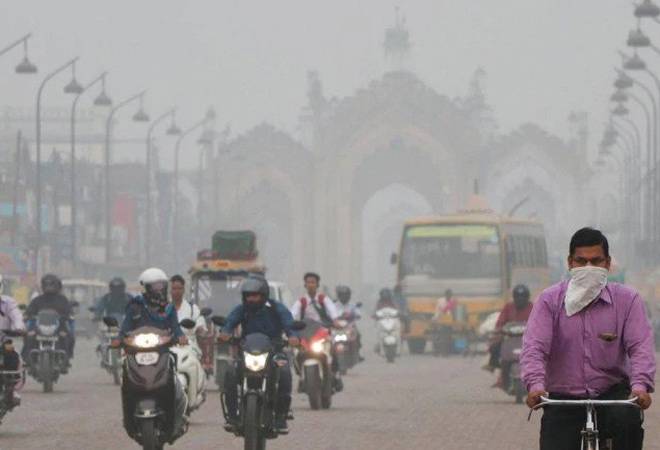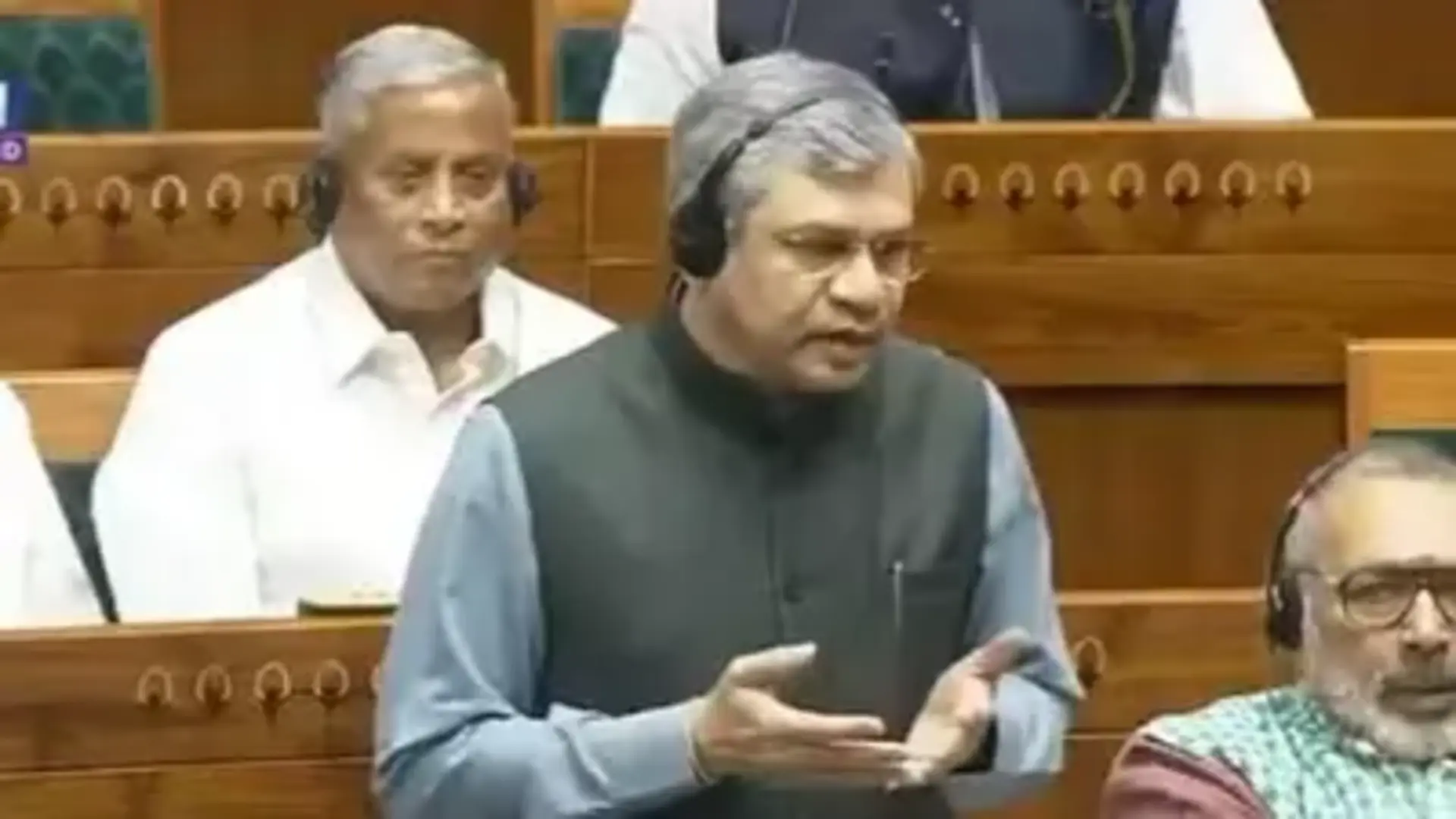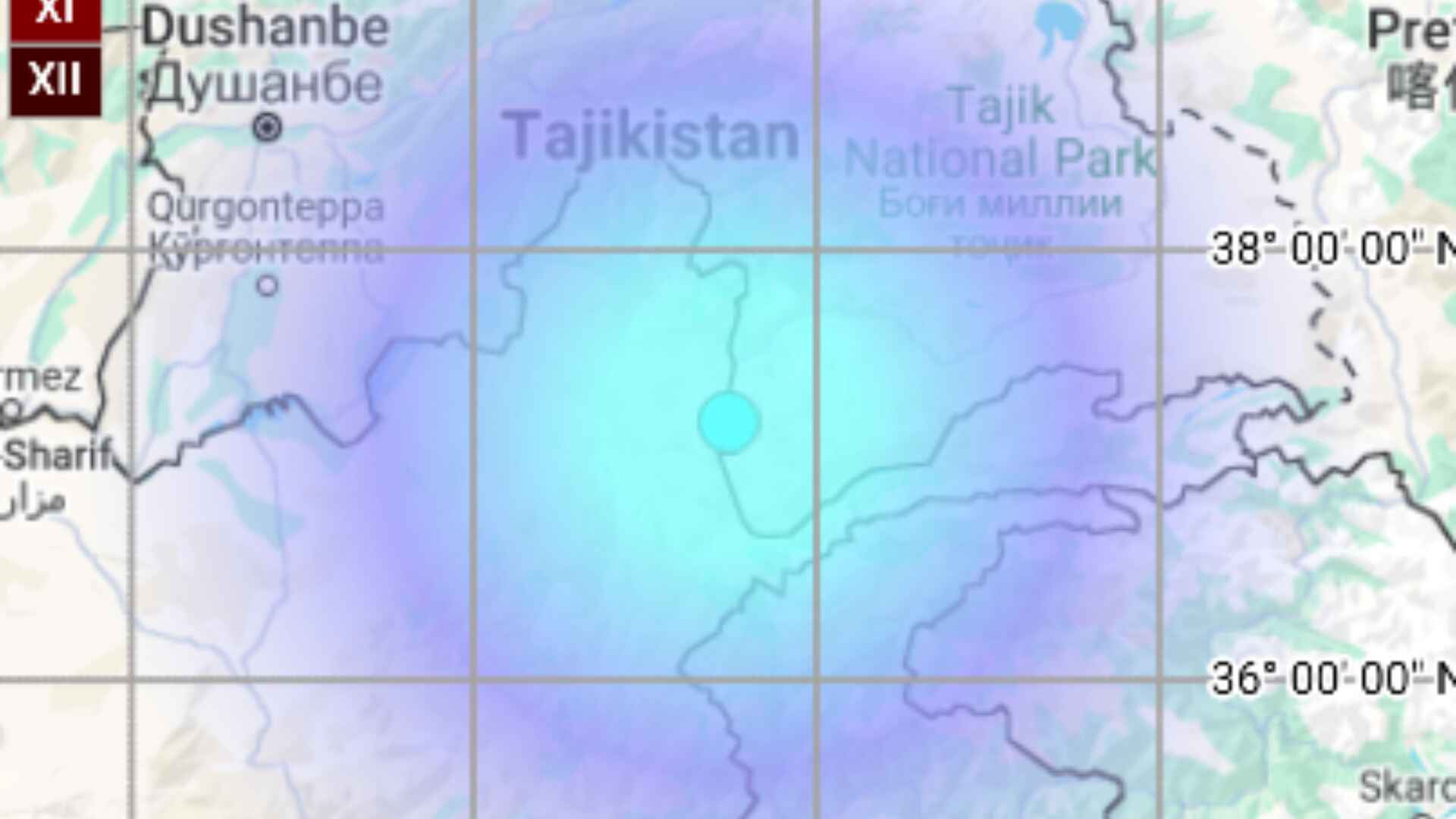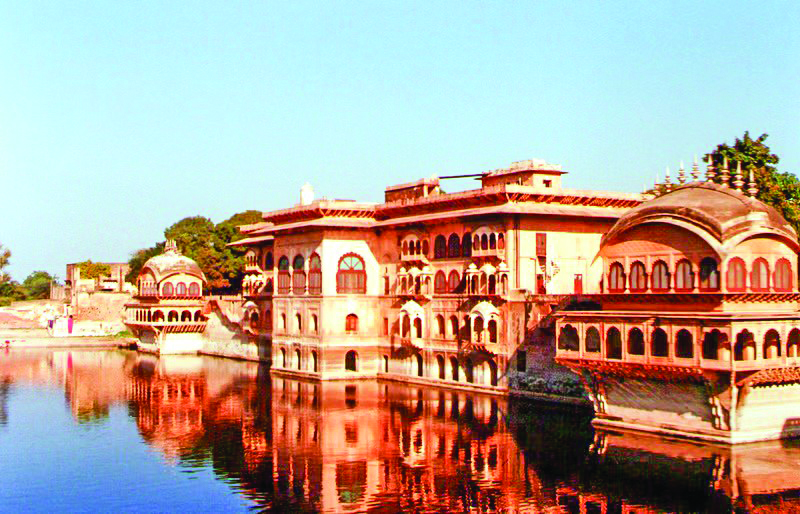
The air quality in Delhi witnessed a relative improvement on Sunday morning as the Air Quality Index (AQI) of the national capital stood at 320, as per the System of Air Quality and Weather Forecasting and Research (SAFAR) at 8:00 a.m.
Despite this relative improvement, the city’s air quality is still in the “very poor” category. On Saturday, it was recorded at 353. The National Capital Region (NCR) also continued to witness bad air as Noida also registered very poor air quality with an AQI of 341 while Gurugram’s AQI stood at 324 and continued to remain in the “very poor” category.
The AQI recorded at all major monitoring stations in the national capital also stood in the “very poor” category.
Pusa recorded an AQI of 326, while Dhirpur recorded an AQI of 319. Lodhi Road recorded 315, Delhi Airport (T3) recorded an AQI of 315, and Mathura Road recorded an AQI of 324. The AQI at Delhi University stood at 317, and at IIT Delhi, it stood at 349, in the “very poor category.”
The Air Quality Index from 0 to 100 is considered good, while from 100 to 200 it is moderate, from 200 to 300 it is poor, from 300 to 400 it is said to be very poor, and from 400 to 500 or above it is considered severe. Meanwhile, after SAFAR reported that stubble burning contributed 34% of Delhi’s PM 2.5 pollution, the National Human Rights Commission gave the Chief Secretaries of Punjab, Haryana, Delhi, and Uttar Pradesh four weeks to submit specific reports to reduce air pollution in the Delhi-NCR and appear before it at the next hearing on November 18.
“The Chief Secretaries should remain present again either in person or via hybrid mode on November 18 for the next hearing in the matter and submit, prior to this, their responses and affidavits within four days that positively address the points raised by it, among others, during the deliberations and considerations of their responses,” the NHRC said on Saturday.














